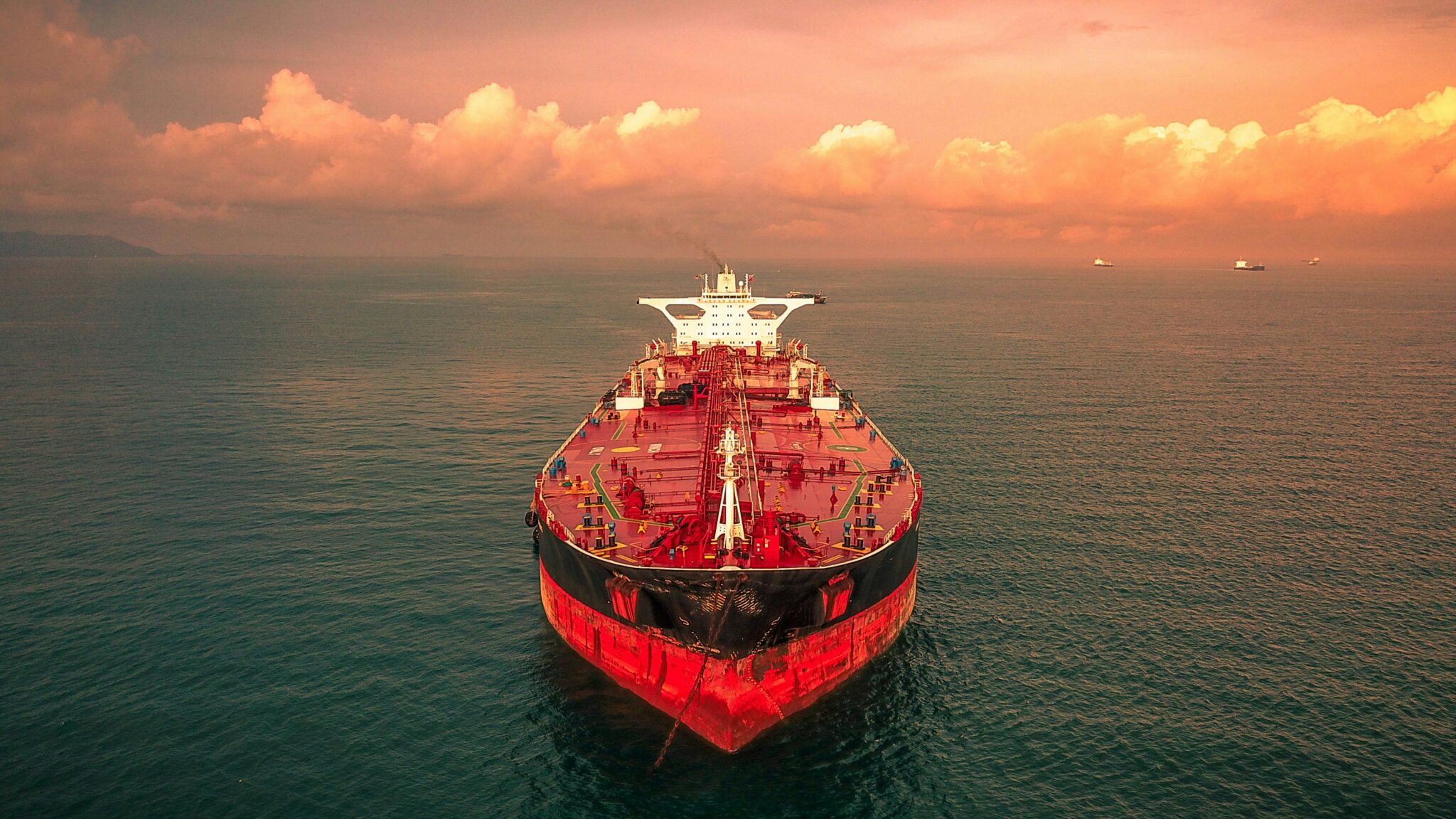The Human Element: A Crucial Factor in OCIMF SIRE 2.0 Implementation
In the maritime industry, technology and procedures are vital for smooth operations, but they can only go so far without the skilled hands and minds that execute them. As we transition into the era of OCIMF SIRE 2.0 Implementation, it’s more evident than ever that the Human Element plays a pivotal role in ensuring the safety, efficiency, and sustainability of our operations at sea.

What is the Human Element?
In maritime terms, the Human Element refers to the collective skills, decision-making, and behaviors of seafarers and shore staff that directly influence ship safety, operational efficiency, and environmental responsibility. In a high-risk environment like maritime operations, these factors can be the difference between success and failure.
With the launch of OCIMF SIRE 2.0 Implementation—an evolved version of the Ship Inspection Report Program (SIRE)—the maritime industry is adopting a more comprehensive, risk-based inspection system that recognizes the essential role humans play in maintaining safety and operations. Here’s why the Human Element is at the core of OCIMF SIRE 2.0 Implementation:
1. Decision-Making and Judgment
At sea, decisions are often made under pressure, with limited information and in rapidly changing conditions. No checklist can replace good judgment in such critical moments. Human factors like situational awareness and decision-making are essential in assessing risks and responding to unforeseen challenges onboard. The ability to make the right decision at the right time can often mean the difference between mitigating a potential hazard or facing an unfortunate incident.
2. Safety Culture and Behavior
Safety protocols and procedures are only effective when embraced by the crew. A positive safety culture ensures that safety isn’t just about following a manual, but about instilling a mindset that prioritizes the well-being of everyone onboard. In OCIMF SIRE 2.0 Implementation, emphasis is placed on leadership, teamwork, and continuous improvement—key components of a strong Human Element. When the crew and leadership work together, safety is not just a goal, but a mindset embedded in daily operations.
3. Error Prevention and Mitigation
While humans are prone to errors, we are also the first line of defense in preventing or correcting mistakes. In maritime operations, this means being vigilant, recognizing risks early, and acting to mitigate them. OCIMF SIRE 2.0 Implementation highlights the importance of training and competency to ensure that crews are well-prepared to handle complex situations. By focusing on human factors in error prevention, maritime organizations can reduce accidents and enhance safety.
4. Adaptability to New Technologies
With the rapid pace of technological advancements in the maritime industry, the role of the Human Element in adapting to new systems and ensuring their seamless integration into the workflow is more important than ever. In OCIMF SIRE 2.0 Implementation, seafarers are expected not only to follow procedures but to understand them deeply and apply critical thinking. As new technologies emerge, human adaptability ensures that these tools are used effectively and in harmony with the crew’s tasks, ultimately improving operational efficiency.
People First
As the maritime industry continues to evolve with the introduction of OCIMF SIRE 2.0 Implementation, it’s crucial to remember that technology and systems are just tools. The real driving force behind maritime safety, efficiency, and compliance is the Human Element. By prioritizing human factors, focusing on significant risks, and leveraging cutting-edge technology, OCIMF SIRE 2.0 Implementation aims to create an ecosystem where continuous improvement and best practices thrive.
At its core, OCIMF SIRE 2.0 Implementation isn’t just about inspections or compliance—it’s about people. By acknowledging and nurturing the skills, decision-making abilities, and behaviors of those who work on ships and shore, the industry can continue to evolve safely and sustainably.
As we look to the future, it’s clear that people will always be the most crucial factor in ensuring the maritime industry remains safe, efficient, and ready for the challenges ahead. The adoption of OCIMF SIRE 2.0 Implementation serves as a testament to the vital role of the Human Element in shaping a resilient and sustainable maritime sector.
Conclusion
Incorporating the Human Element into every aspect of maritime operations under OCIMF SIRE 2.0 Implementation strengthens the foundation of the entire industry. As technology continues to advance, the key to success will always lie in the hands of the people who use it. By fostering a culture that values human expertise and decision-making, the maritime industry is well-positioned to ensure safety, environmental protection, and operational efficiency for years to come.


